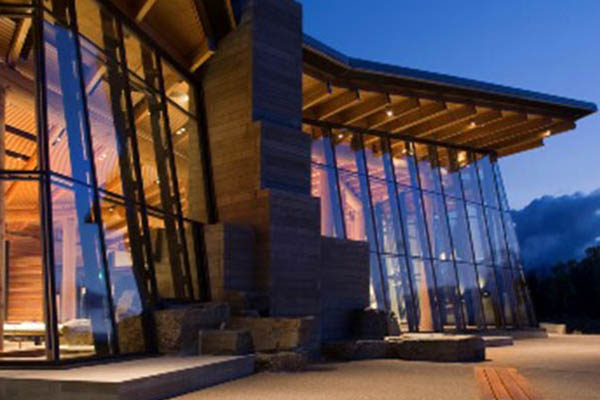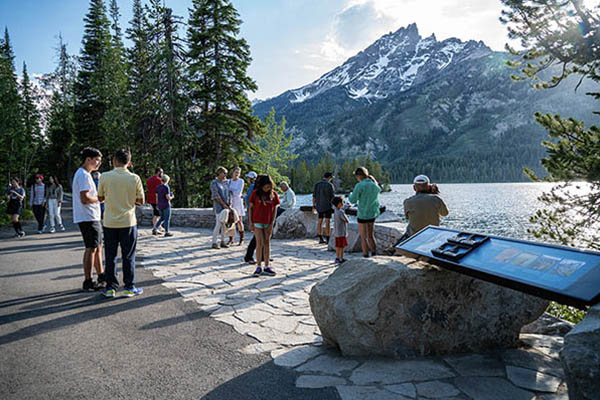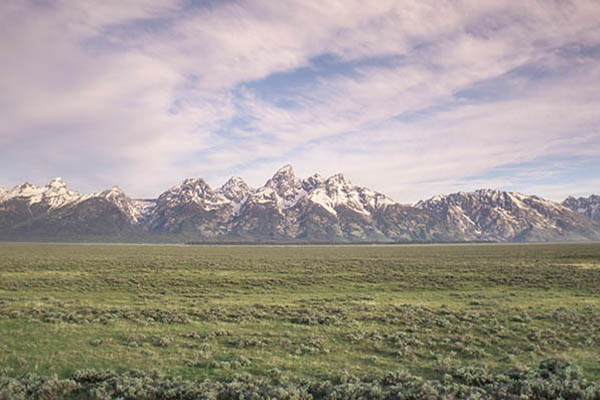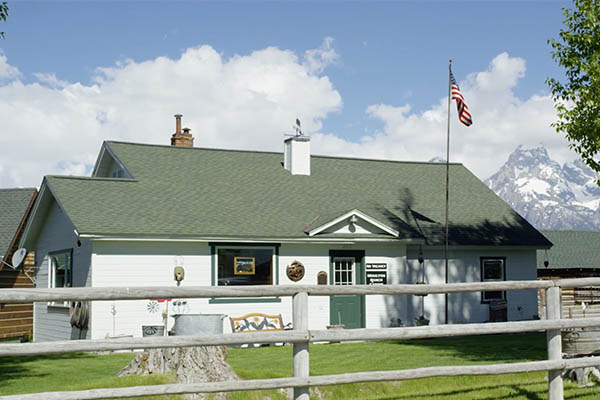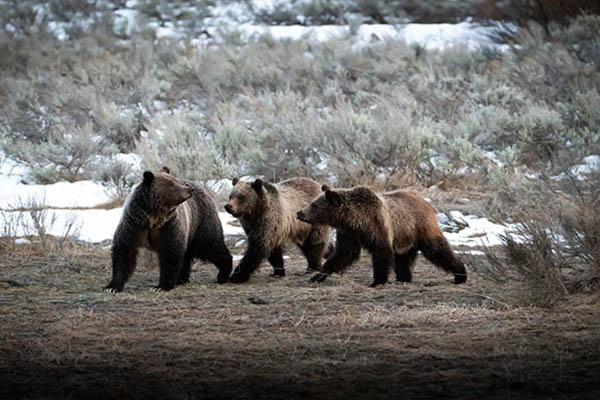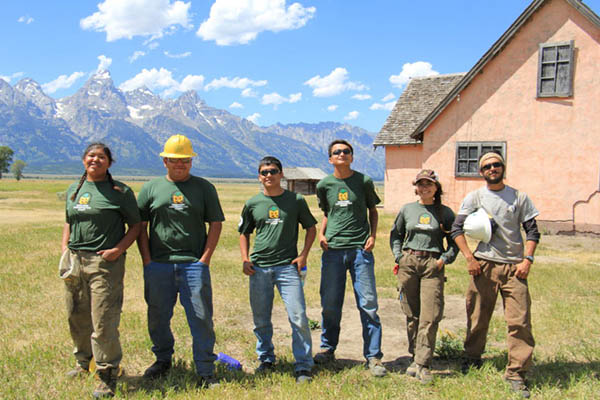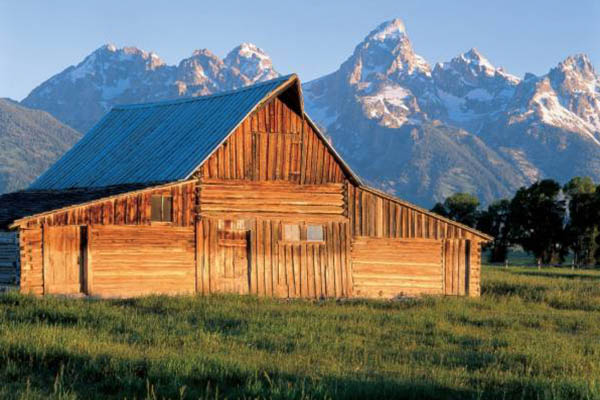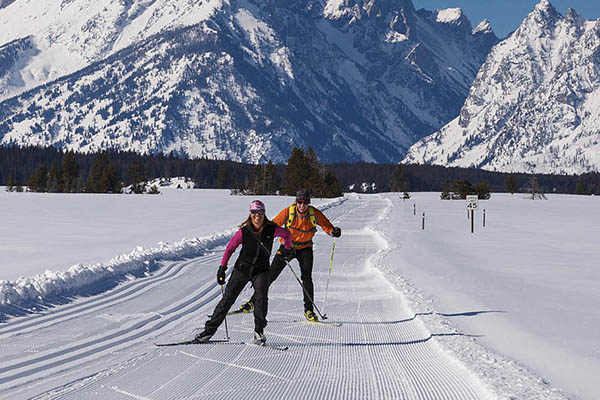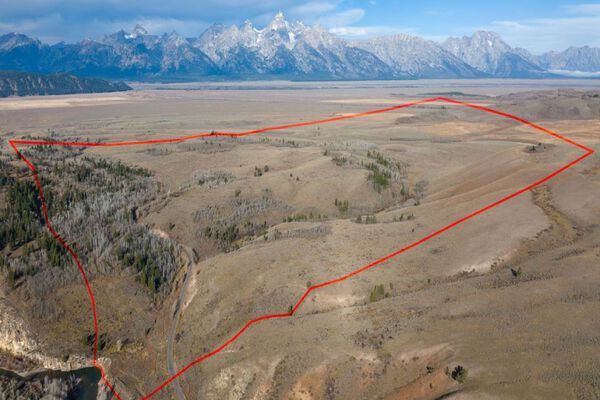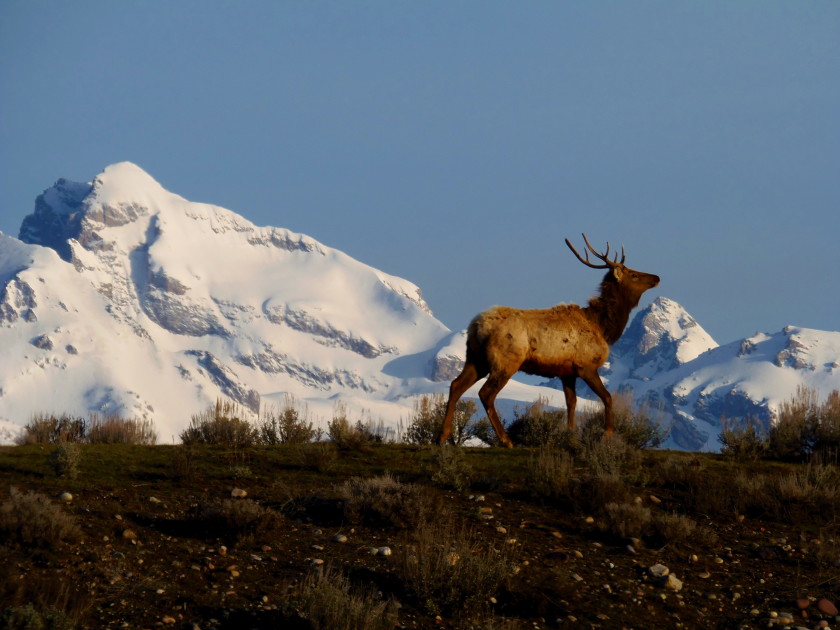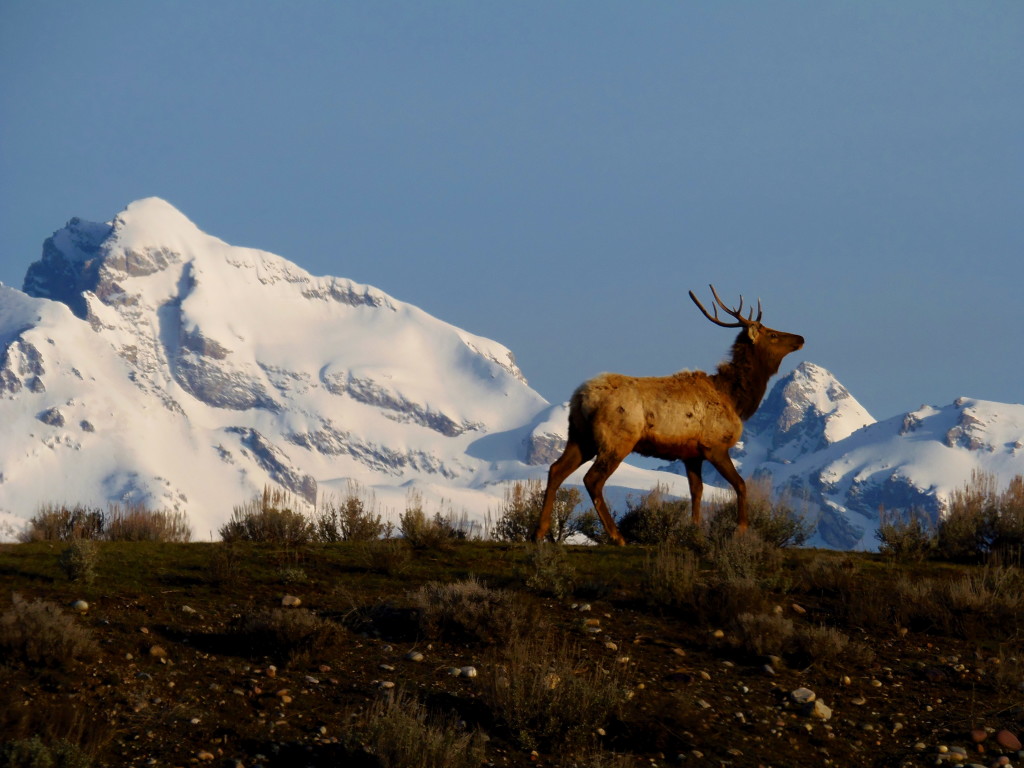
A young bull elk moves north from the refuge. Photo by Patrick Leary
With the arrival of spring to Grand Teton, wildlife that spent the winter here begin to move to summer feeding grounds and species who winter elsewhere start to make their way back to the valley:
• Grizzly bear 610, now 9 years old, could emerge with new cubs. Although she emerged from her den last year with at least 1 cub, she lost it and may have bred again last summer.
• Grizzly bear 399, now 19 years old, should emerge with her 2-year old cubs this spring. They will likely separate from her during the breeding season when they are 2 1/2 years old.
• Adult male bears are the first out of their dens, with more than half out and about by the end of March. Bears with new cubs are usually the last ones to emerge from their dens.
• With the snow pack receding quickly on the valley floor and rivers opening up a little early some bald eagles are already sitting on their nests. Many other wildlife species, including ravens, river otters, golden eagles, great-horned owls, and Canada geese will begin courtship and breeding activities soon.
• The first migrating birds of the season are beginning to show up – including western bluebirds, red wing blackbirds and robins. The first sandhill cranes, osprey, and others are not far behind.
•In the coming weeks, snowshoe hares and long-tailed weasels will begin to shed their white winter fur.
• Elk are starting to drift north from the refuge with some already at the south end of the park. Their northward progress follows the receding snowline and grass green-up.
• Bull (male) elk grow a new set of antlers every year. They generally shed their antlers from March through April and begin growing a new set shortly thereafter. Larger bulls drop their antlers earlier than smaller bulls, especially spikes (yearling bulls) who may hang ontol their antlers into May.
• Wolverines usually produce 1-2 ‘kits’, as their young are called, that are born from mid-February – March. Females dig dens in high, remote alpine basins where the snow pack persists late into the spring. Here she raises the kits alone and stashes them when she goes out on forays for food. If undisturbed the female and kits may use the natal den until May.

